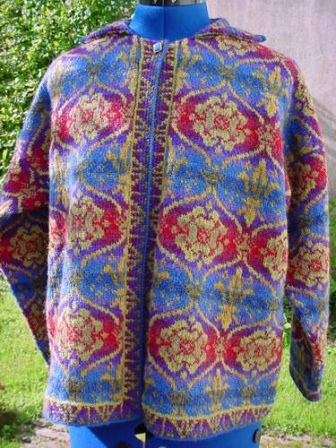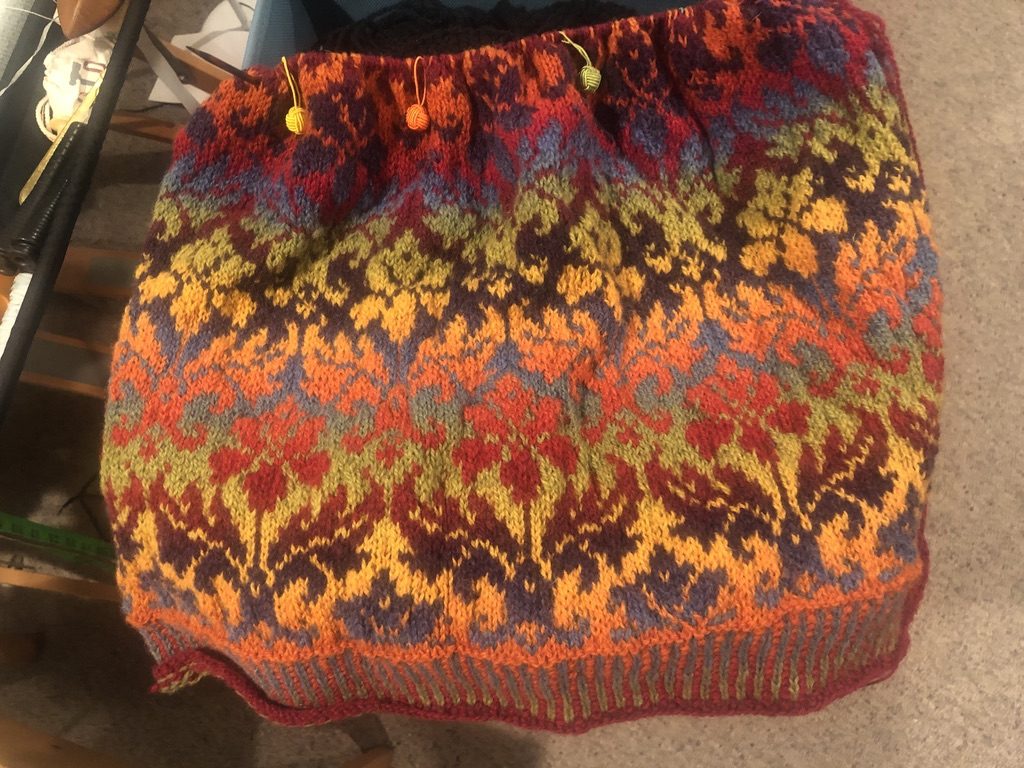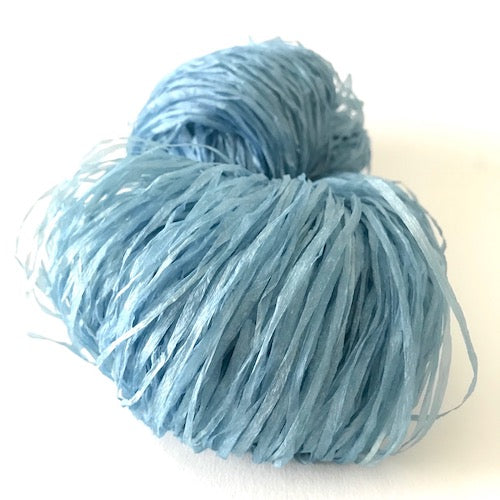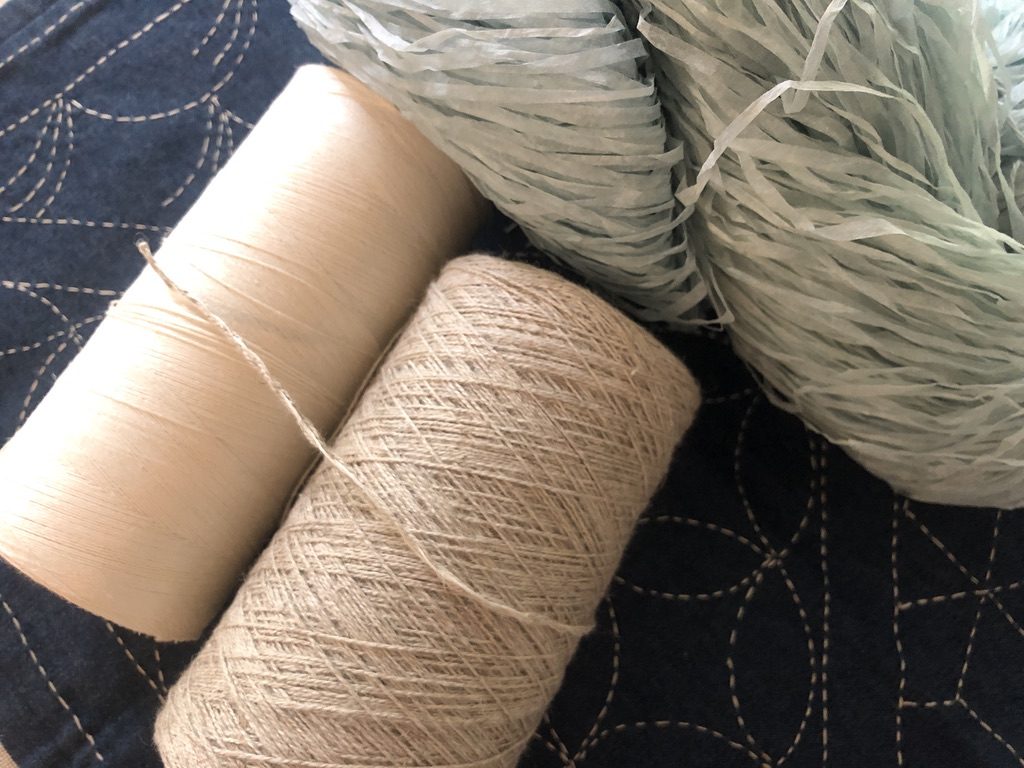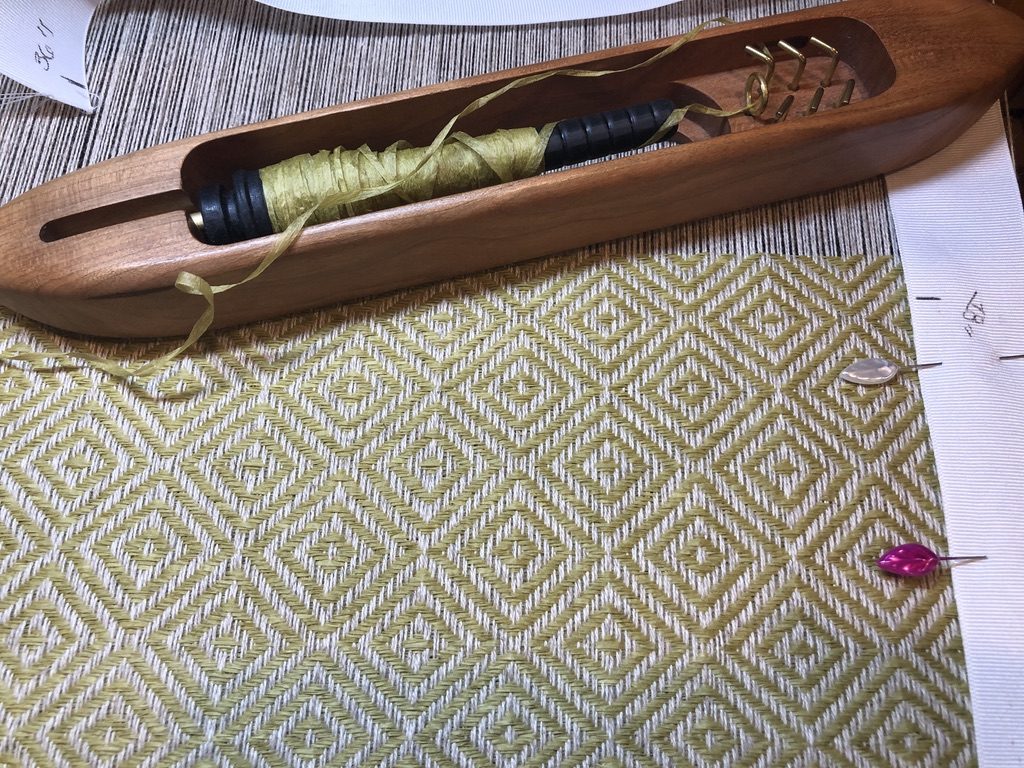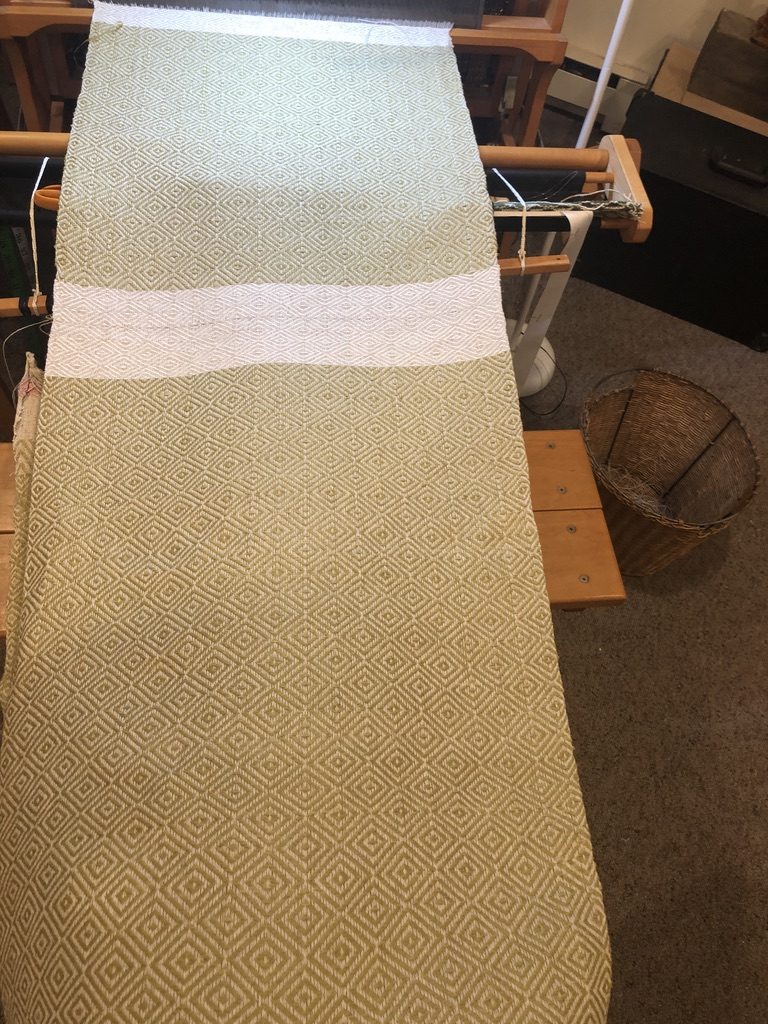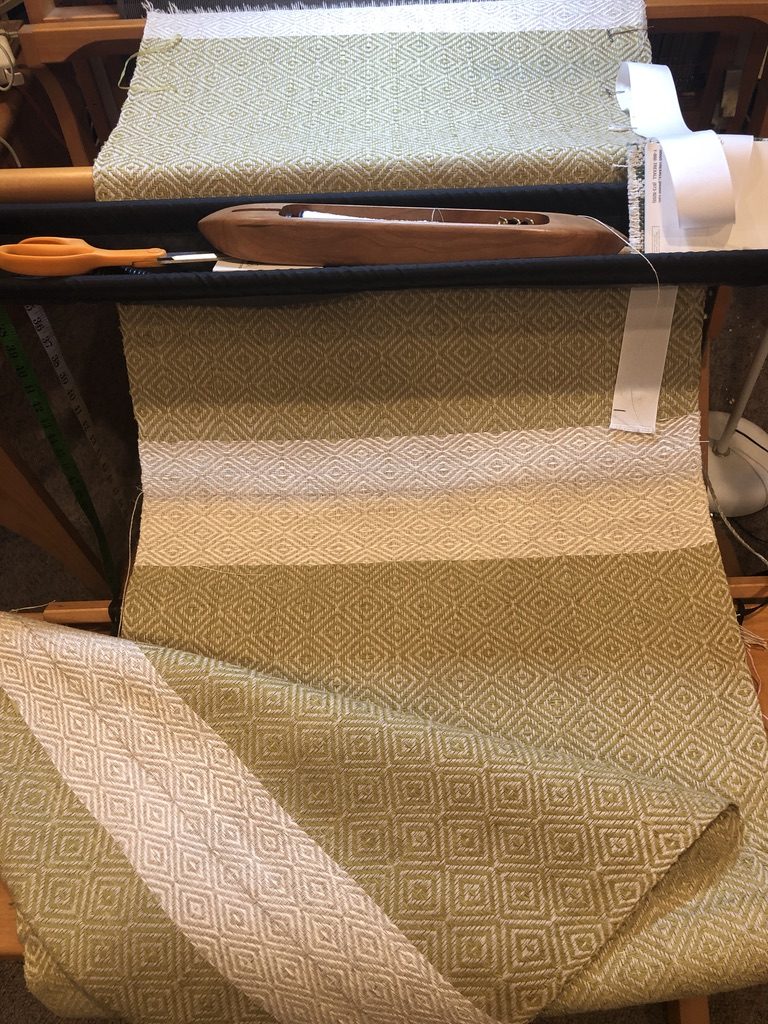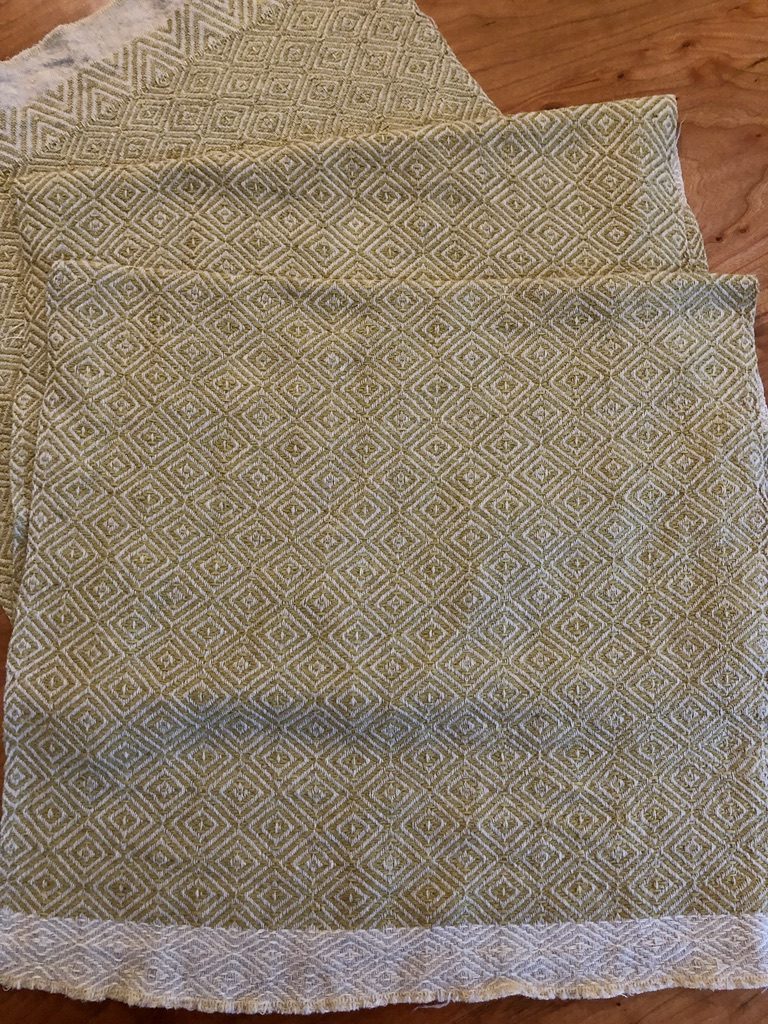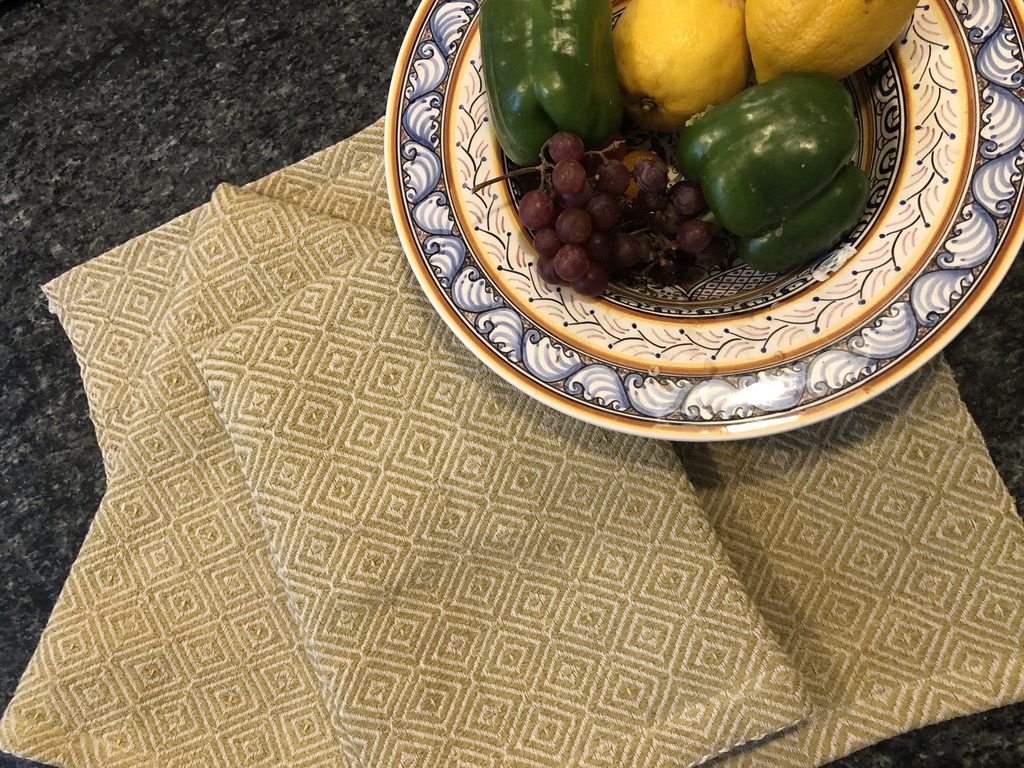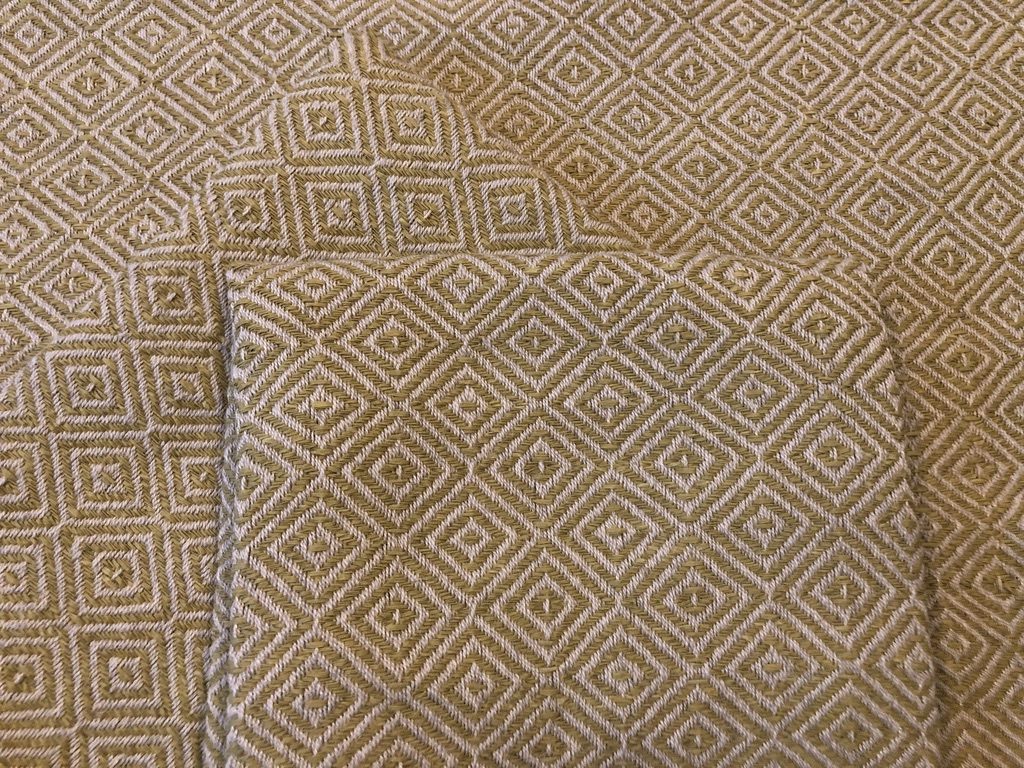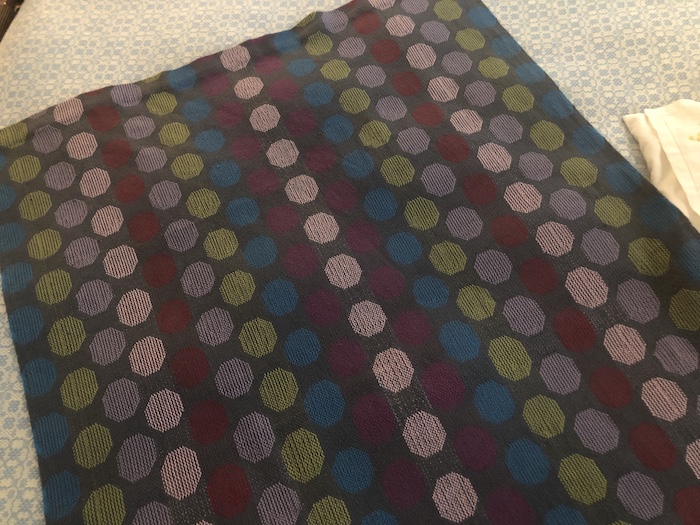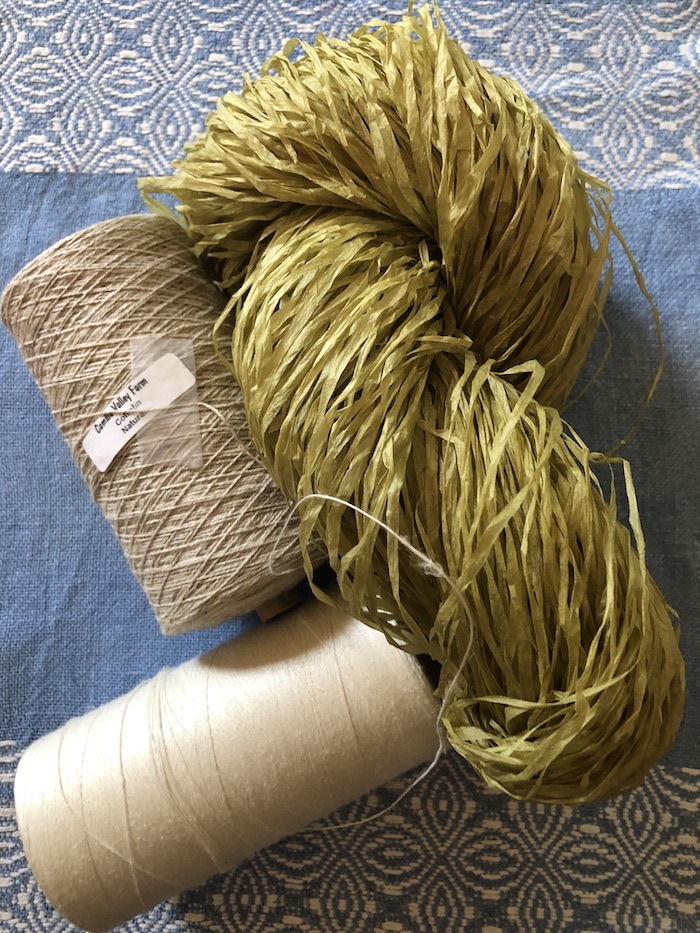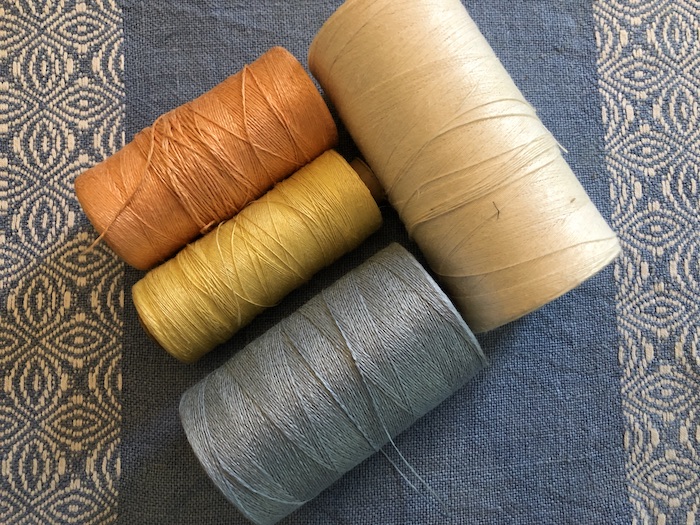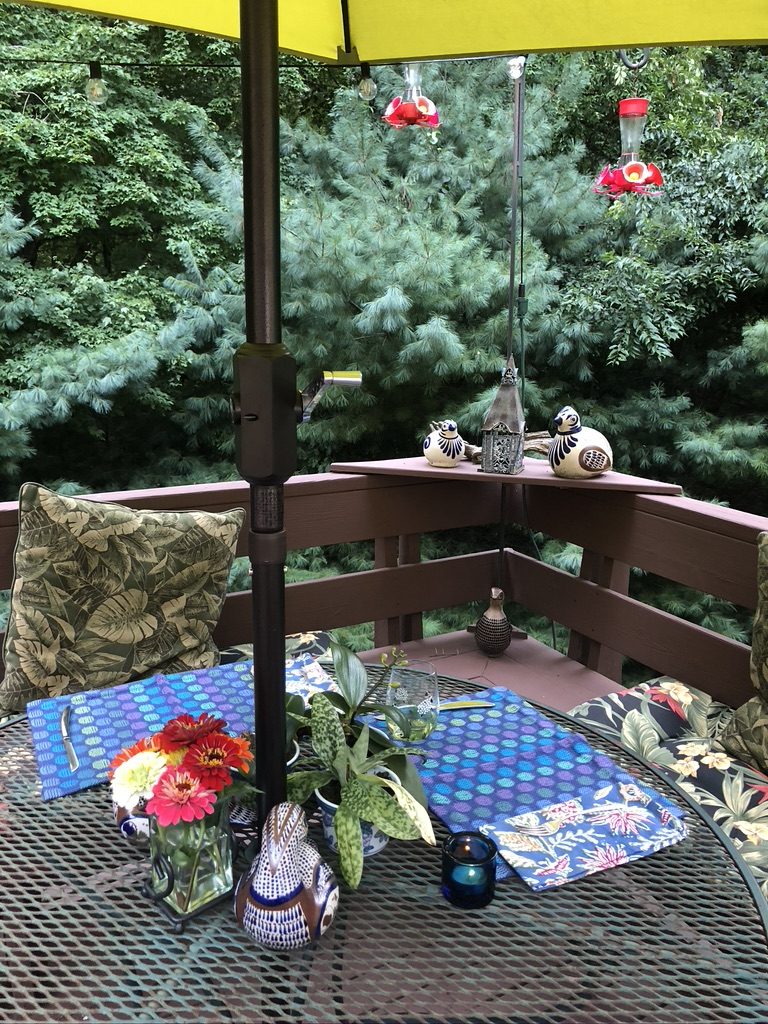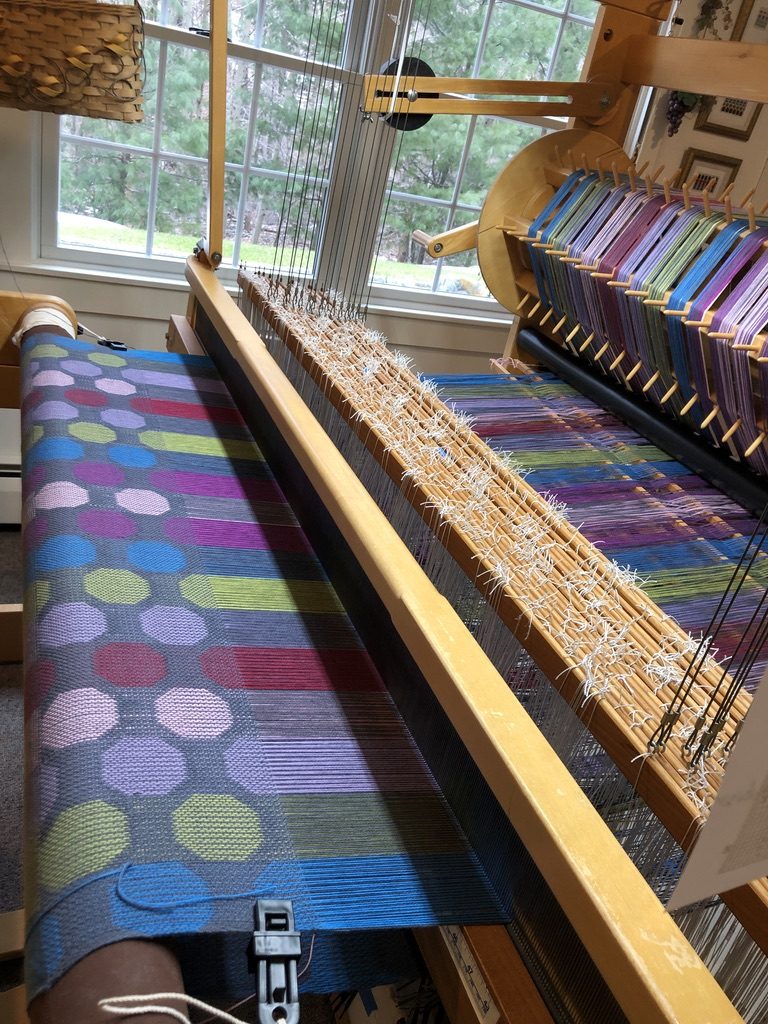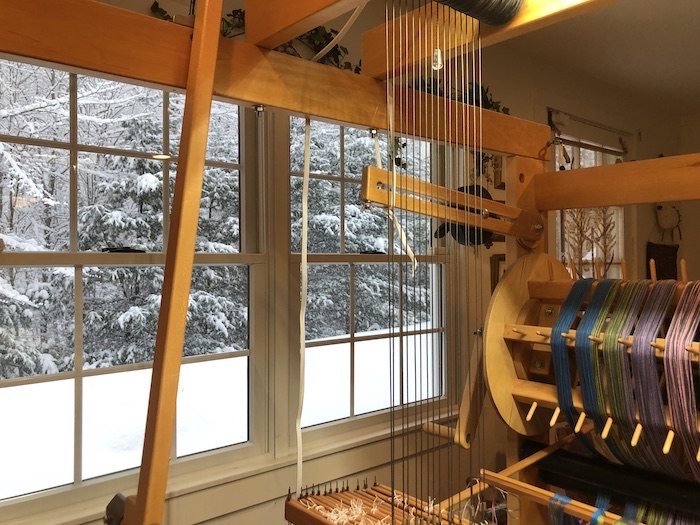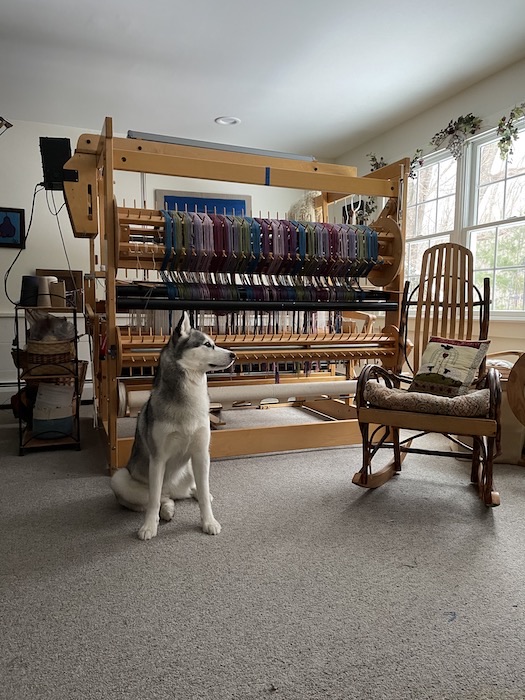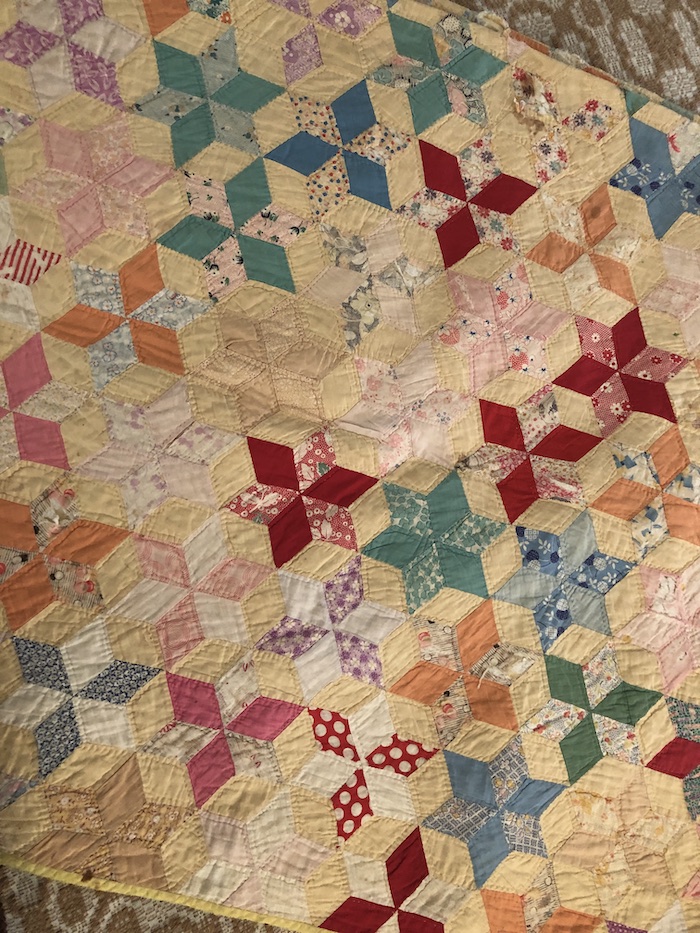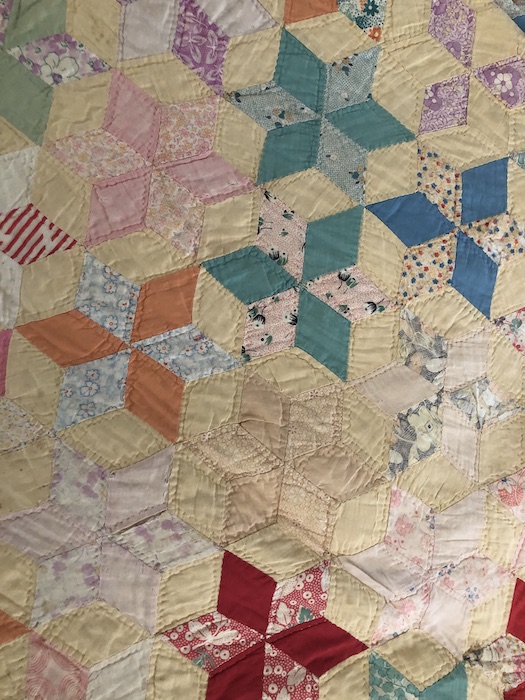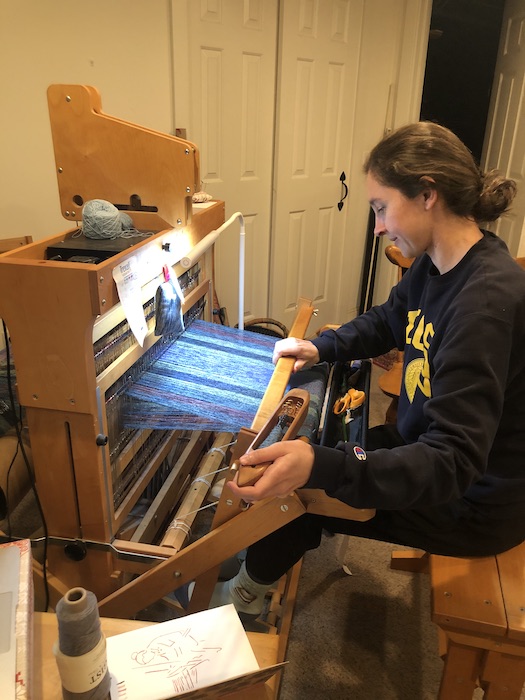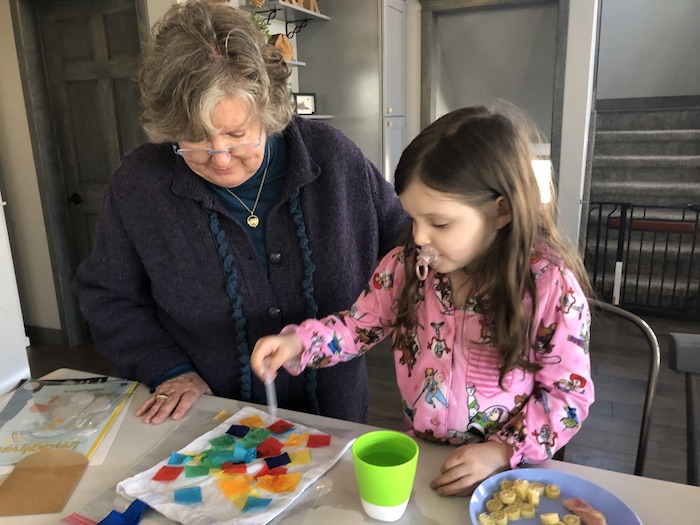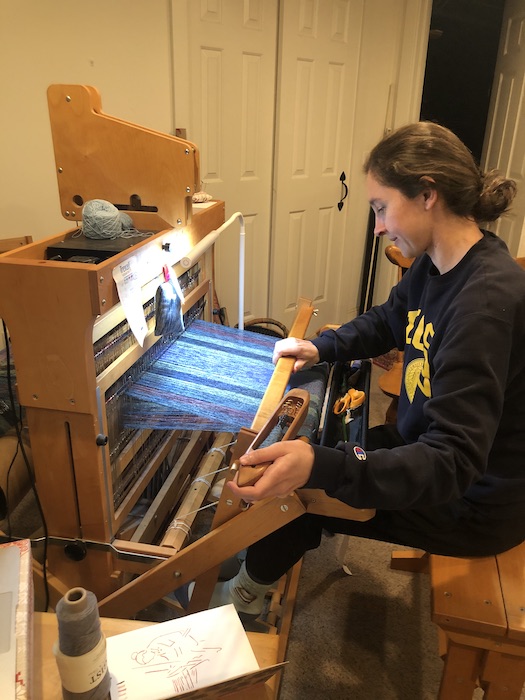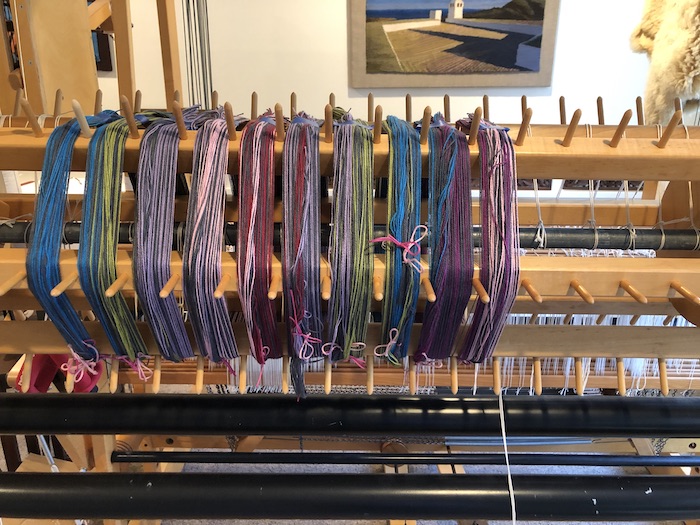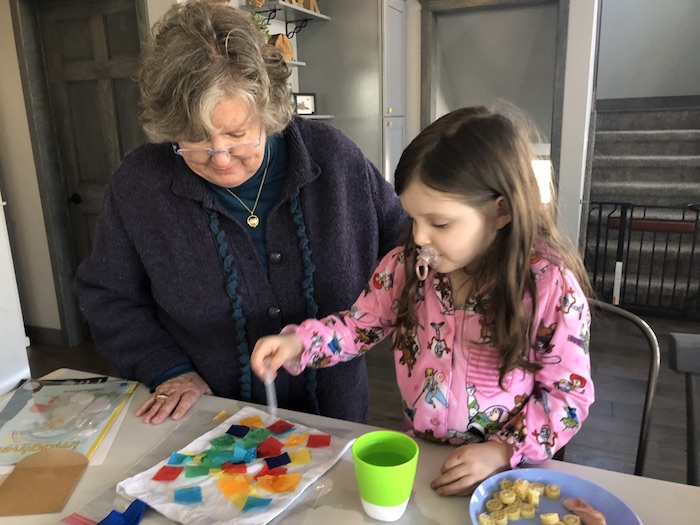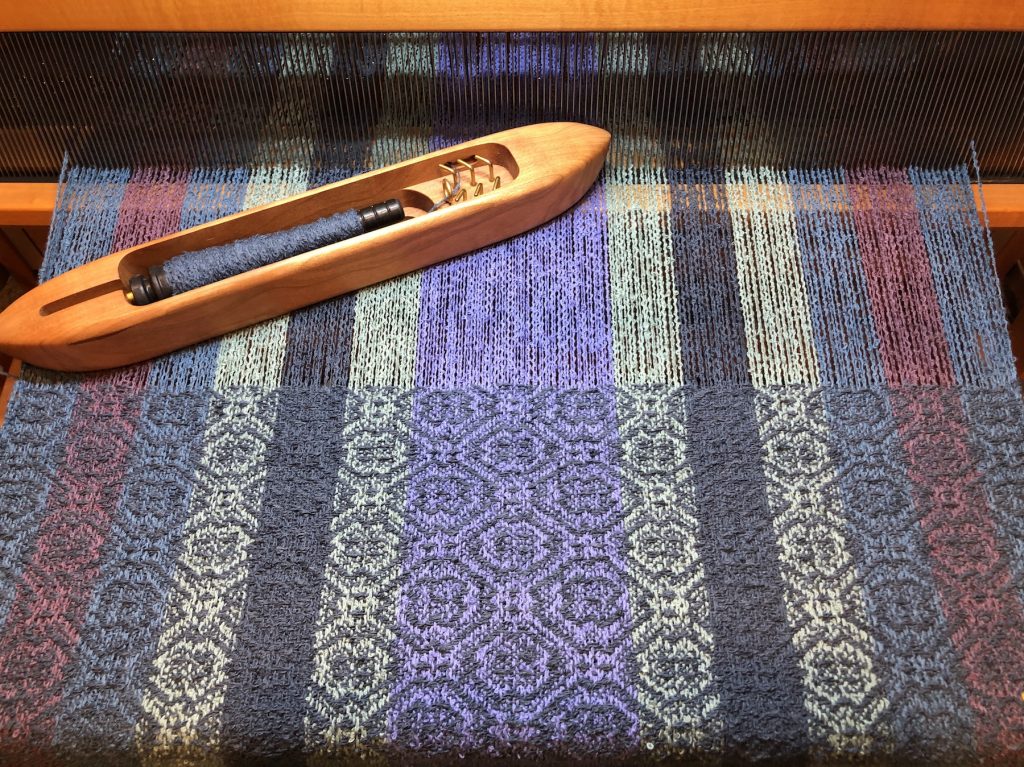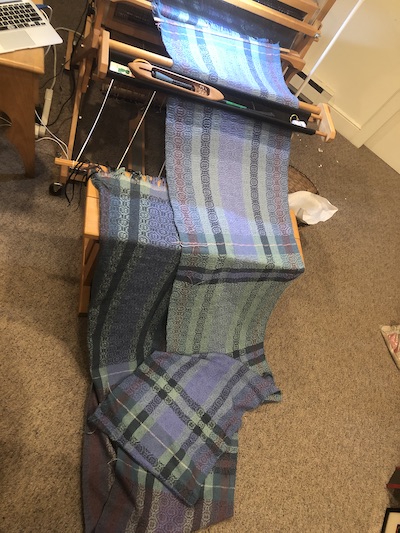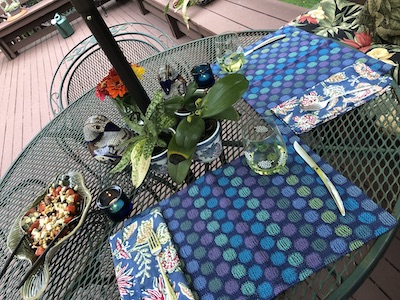The biggest news I am compelled to share–a real book! Something I can hold in my hands!
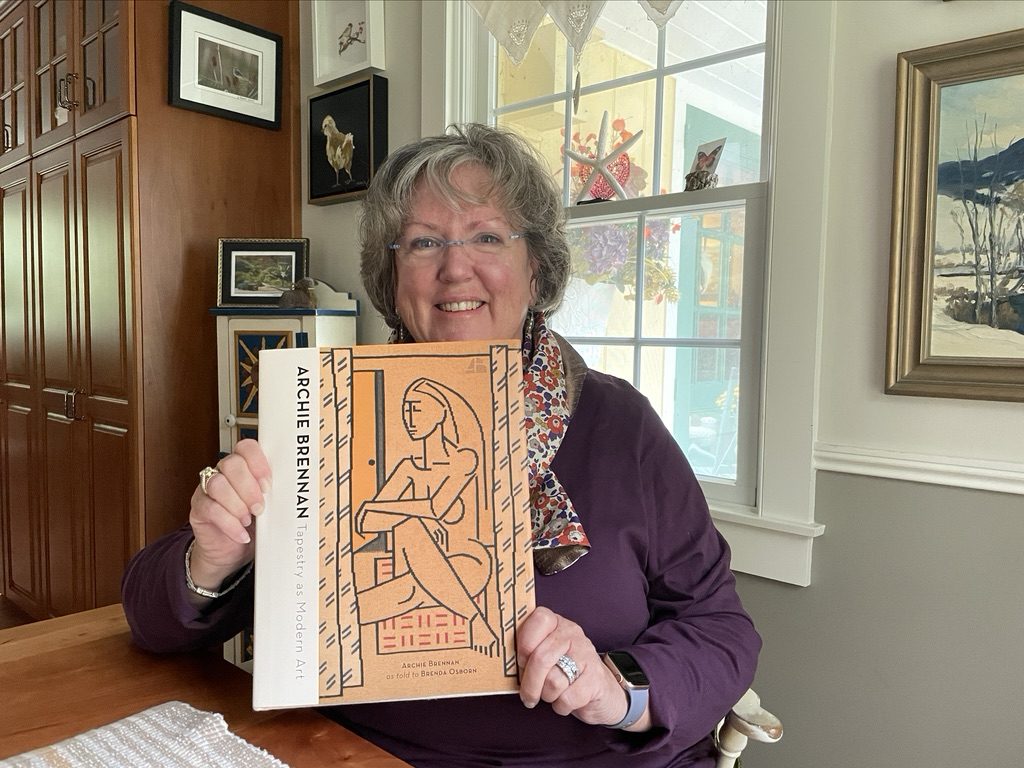
What a thrill it was to find a package from Schiffer in the kitchen yesterday when I returned from a day out at the Wadsworth Atheneum! I thought the museum exhibit was exciting, but I had no idea what further excitement lay in store! The book is a pre-release copy. Only a few were shipped by air to Schiffer for promotional purposes. The rest of the books will arrive by ship whenever that is possible. No one can guess that anymore. The original release date was Sept. Then it got moved to early December. Now it will be sometime in the new year…with luck.
The book is bigger than I expected. I knew it was over 300 pages, with lots of photos, but I didn’t expect it to be this big.
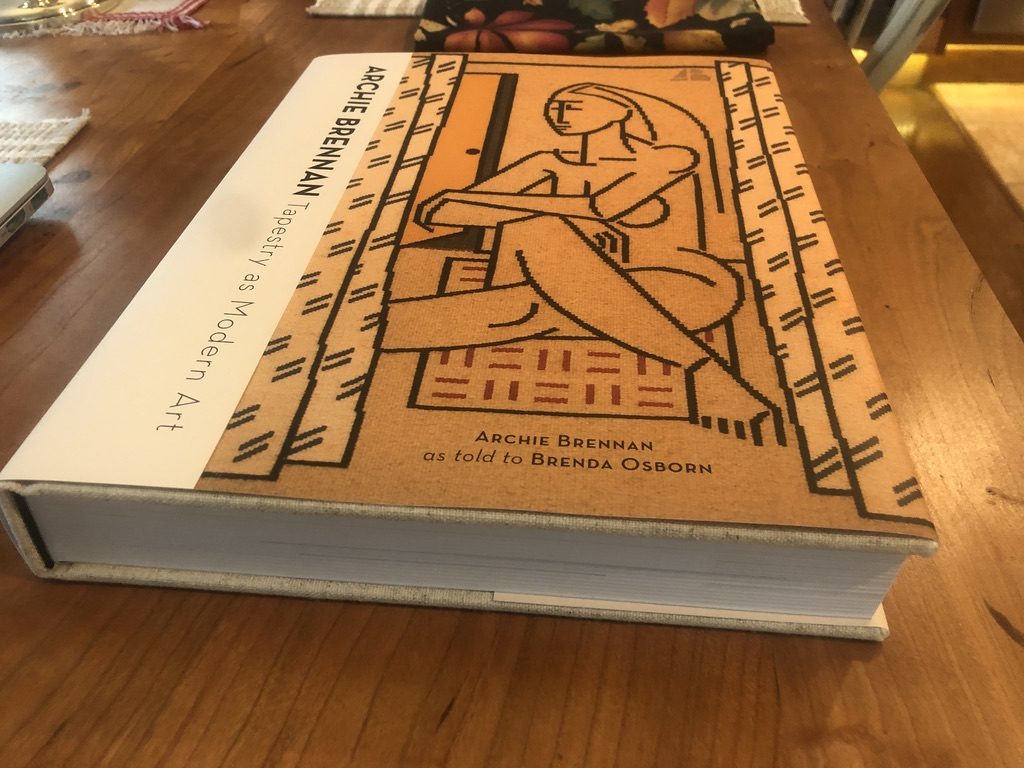
The Schiffer team, headed by senior editor Sandra Korinchak, worked hard to get the colors as close as possible on the photos. I’m sure they were sick of my phone calls and worries, and they had to work with some considerably old slides that have changed color over the decades. Remember Kodochrome and ektochrome? Yep, those were the good old days of film.
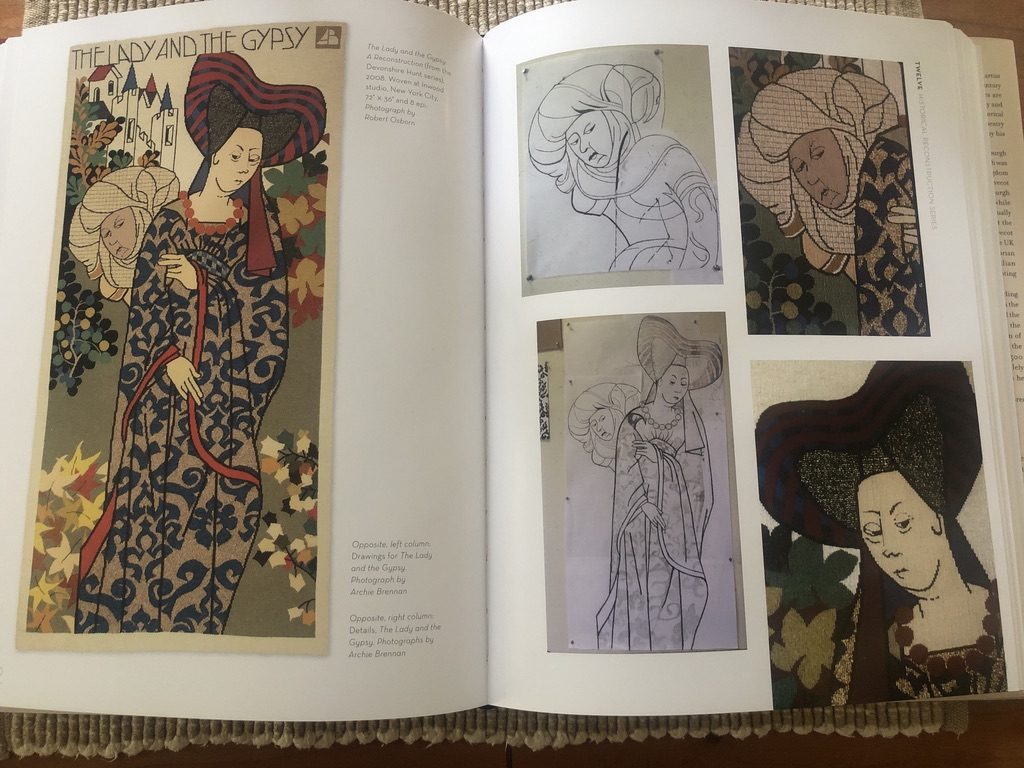
I lost a lot of sleep over the images for the book. I am thrilled that they are quite good. The Schiffer art folks had a lot of work to do without ever getting to see the actual tapestries. There was a lot of sleuthing, and although I’m tempted to go on and on about that, for now I’ll spare you. Shortly after I took a quick look through the images, I weighed the book. I was just that enthralled with how heavy it feels. It’s 5 pounds.
It’s strange to be taking photos of the real book. It has only existed in my mind and then in pdfs from my editor. Now a real book is on my kitchen table, where so much of my life takes place. My son calls our dining table “Mom’s studio: the sequel.” A lot of straightening up goes on before we eat dinner here most nights. Now I’ve even placed a couple of small side tables near my chair so I can just move my stuff from the dining table to the little tables. This is what often happens. On this day I happened to be in an online bobbin lace class to study and sample making Ipswich lace, led by Karen Thompson. It was a bit difficult to move this when dinner was ready.
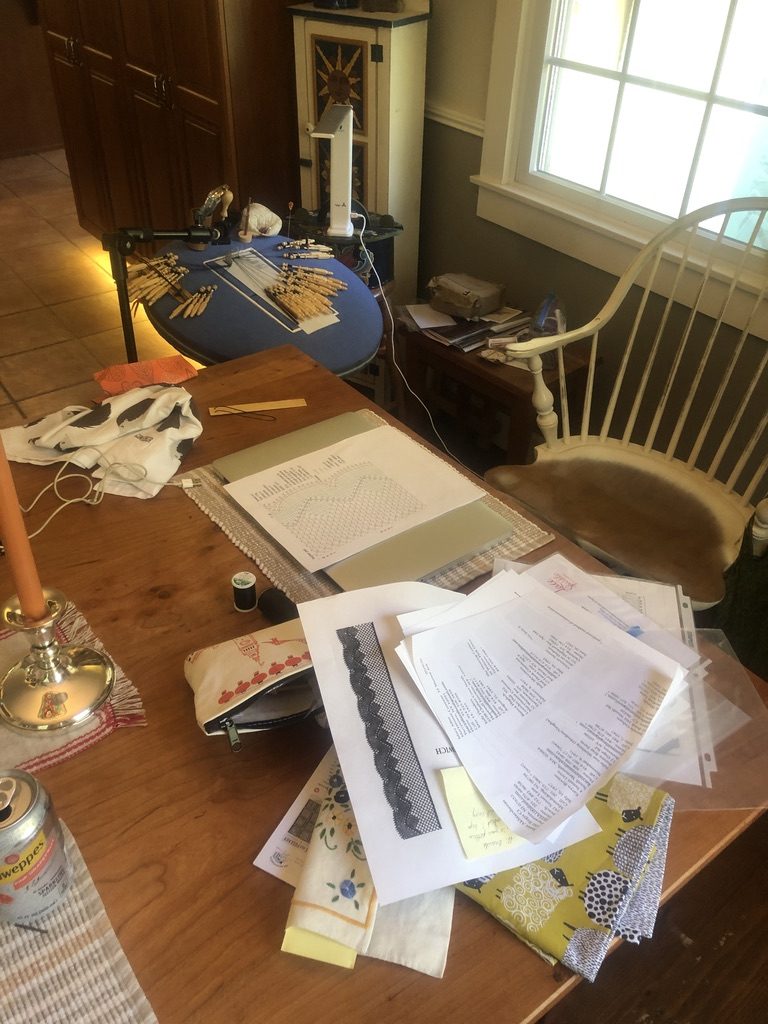
Most days for the past year+ the table has been cluttered with stuff pertaining to Archie’s book. I’m thrilled that those days are past. I got this pre-release copy almost two years to the day after Archie passed away. I could never have imagined how long a process this would be.
Those sweaters I mentioned in my last post have not been touched yet. The pattern for the autumn leaves in Rauma wool is definitely awol. What a shame. It’s going to take some effort to develop my own pattern based on what I’ve already knitted with no records! I did find the stitch pattern, so it could be worse. It’s only a bit of math. I just have to do it.
I should be talking about tapestry, shouldn’t I? I’m just still not ready. It’s like the feeling when you finish a good book or a good movie, and you just can’t start a new one right away. I need a bit of time to process that Archie’s book is a reality before I can focus on my own tapestries. I thought I’d dive right in, but that’s not how I feel right now.
Instead, I’m focused on knitted sweaters, and an unfinished basket, and bobbin lace. I’ve gone down a few deep rabbit holes. Today I saw this sweater on facebook–a sweater that depicts bobbin lace. It doesn’t get better than that!
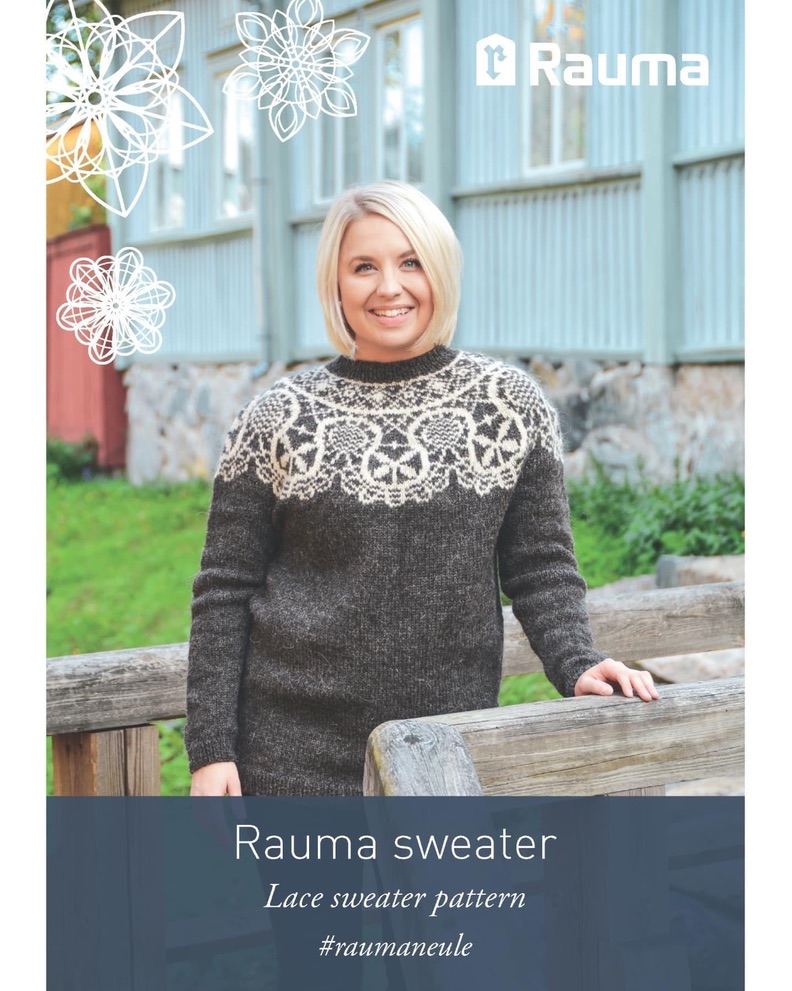
The pattern is free, so if you’re a knitter go get it! Here is the lace that inspired the sweater (also from facebook).
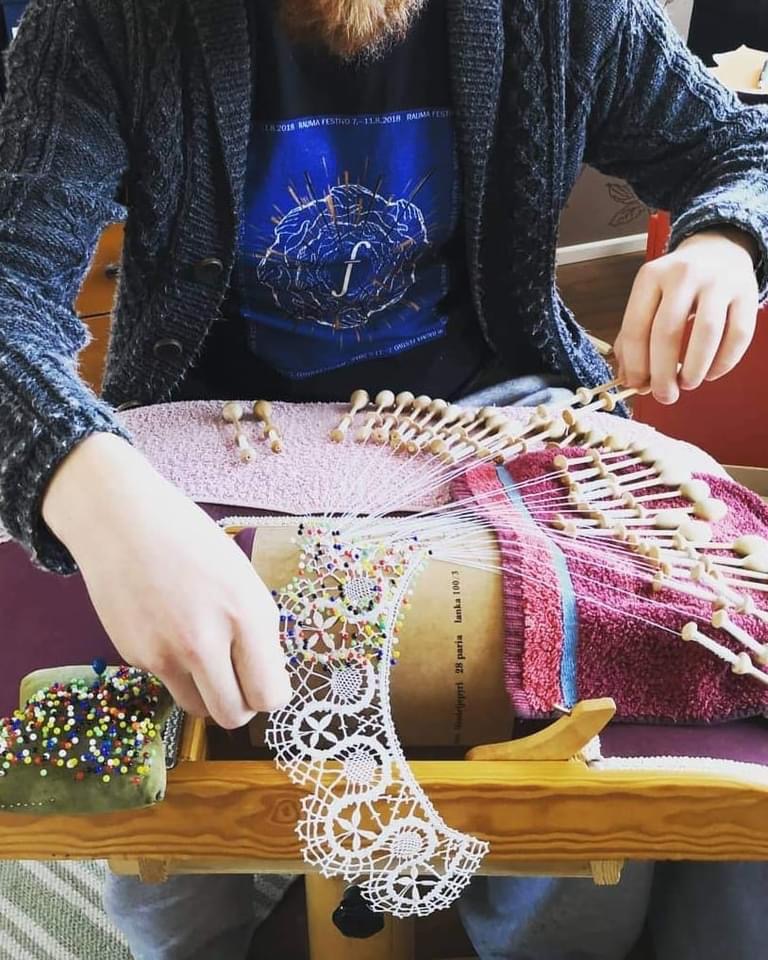
And now that I’m getting quite off topic from the book, I’ll show you my lace from Karen Thompson’s Ipswich class. Ipswich is traditionally done with black silk — not my favorite look by a long shot. And it’s hard to see. But this class has been a good experience, learning about the first documented lace from the new United States, circa 1789, based on samples in the Library of Congress. Alexander Hamilton (the first Secretary of the Treasury of this fledgling country) kept records of the various manufactured items in the 13 new states, and his records, including samples of about 20+ laces made in Ispwich, Massachusetts, are in the Library of Congress. In spite of the current connotation of the word “manufacture,” remember these laces were made by hand, usually in the home of the lace maker.
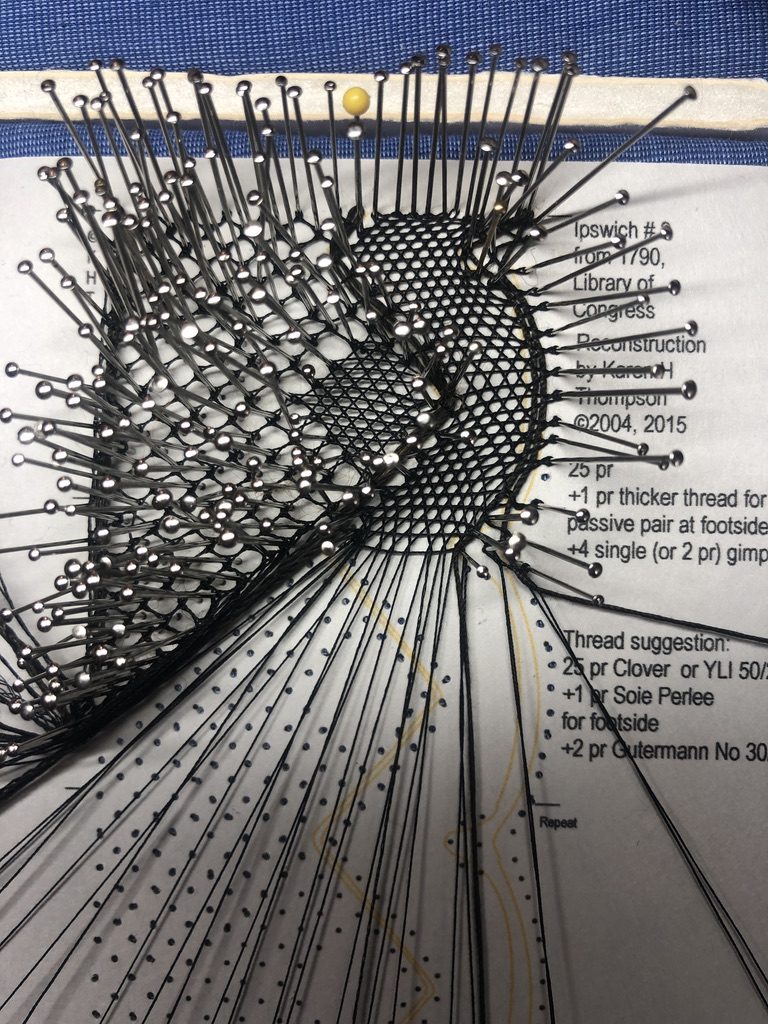
Back on track–tomorrow will be the 2nd anniversary of Archie’s passing. I miss him on a daily basis, as you’d expect since I’ve spent so much time reading his words and looking at his tapestries. This year I’d like to think that there’s a little silver lining, that now there is a way for weavers to see so many of his works and his creative thought processes collected in one place. But I can’t predict the future. This is what I wanted for him, a way to connect with all the weavers he taught and befriended over the many decades of his career, and a way for those who never met him to get to know him. That’s my wish. I hope it comes true.


